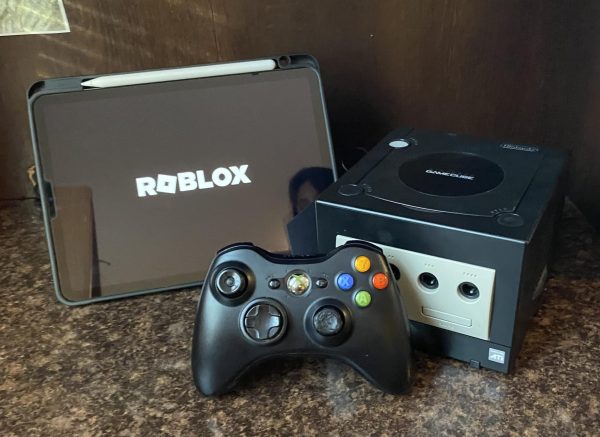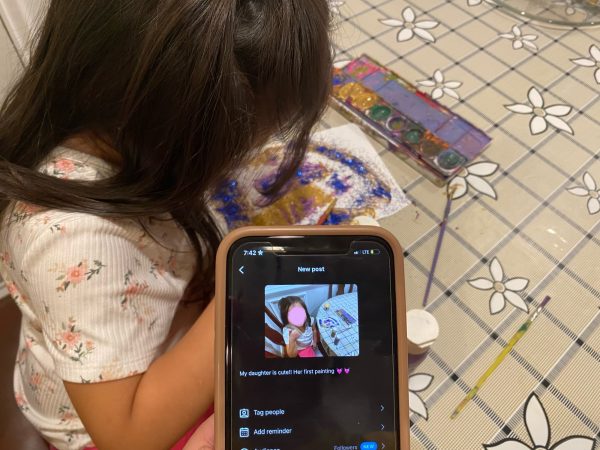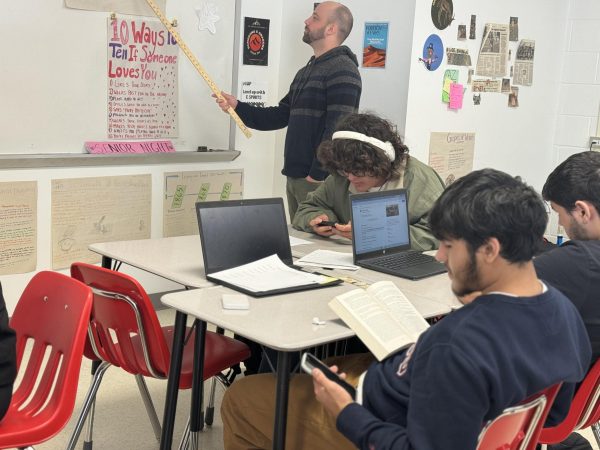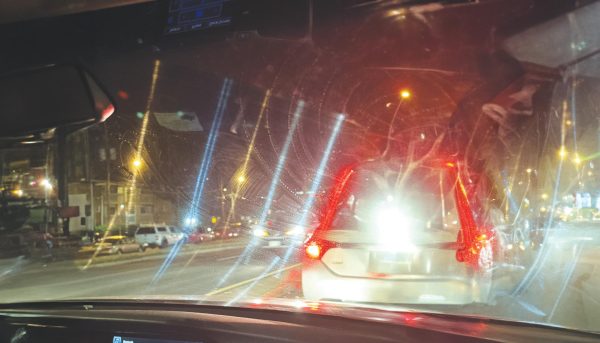Fashion marketing students re-purpose old clothes
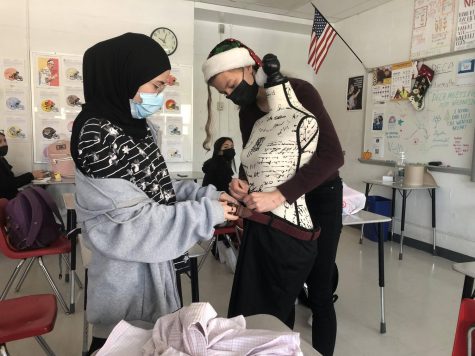
Fashion marketing, a new elective class at AHS this year, focuses on teaching students about advertising, planning, and promoting products in the fashion industry. The class is taught by Dayton Henceroth.
Since the beginning of the school year, the class has done various hands-on projects and assignments. Some of these projects include designing their own soda can labels and creating original designs out of plain t-shirts.
Recently, the class began a unit about sustainable fashion, with an additional focus on fast fashion and its consequences on the environment, an issue that Henceroth did extensive research on and is passionate about.
“People are buying more clothes than ever, and most of the materials that are in the clothes we buy are harmful to the environment when thrown away,” Henceroth said.
With the goal of educating his students and the overall AHS community about pursuing more sustainable clothing options, Henceroth assigned his students a project.
Henceroth brought in old clothes and assigned a few pieces to each group of students. The students then had to redesign the clothing into new pieces.
“This will have a positive effect on the environment by wasting less and repurposing our existing clothes,” Henceroth said.
Through this project, students were able to learn and personally experience methods of sustainable clothing and about the environmental consequences of the fast fashion industry.
“I don’t really like fast fashion because it’s environmentally unfriendly,” junior Karlyn Flores said. “And it’s always cheap material and will only last you a few weeks cause then a new trend will start.”
Along with the gained knowledge about fast fashion itself, students engaged in how to actually cut, sew, and redesign clothing themselves. This project allowed them to express their creativity, which is something that can be lacking in the everyday classroom setting.
“[Expressing creativity] is what fashion is really all about,” Henceroth said. “And tying that together with something that can help improve the environment is something that is really uniting my students and bringing us closer together as a community.”
This kind of unique learning experience provides students and even teachers with a stimulating education that simple textbook work can’t.
“After spending so much time on laptops over the last virtual school year, to see their excitement and passion for this kind of hands-on work was the most rewarding part of it all,” Henceroth said. “I think they are really craving more opportunities like this.”
This memorable project can also stick with the students even beyond school and translate over to their future work and careers.
“In the marketing field, where credibility is valued more than ever today, seeing the process through from idea, to design, to finished product builds belief that anything can be done where ideas and passion exist,” Henceroth said.
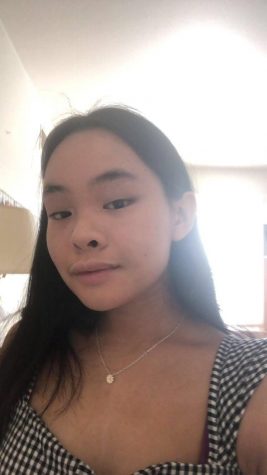
Senior Vivian Phan is in her third year of journalism as an In-Depth Editor. She was previously a staff writer and People Editor. She participates in Green...



